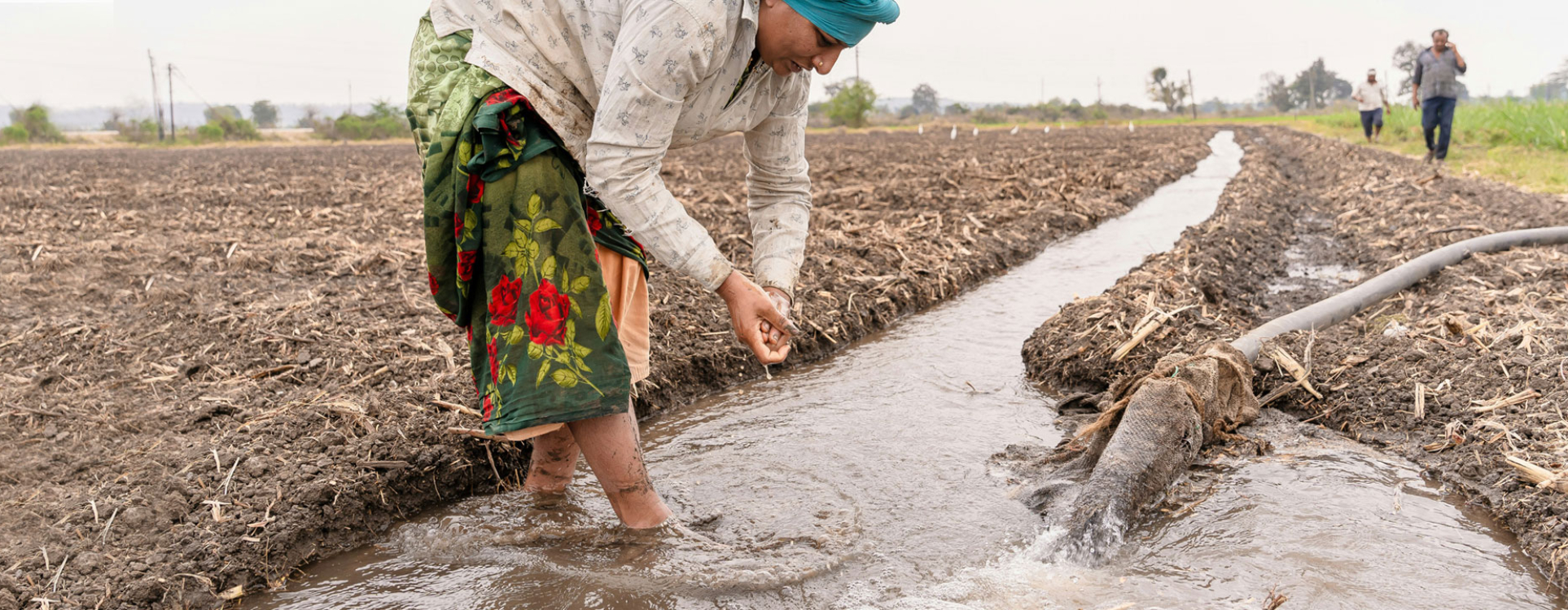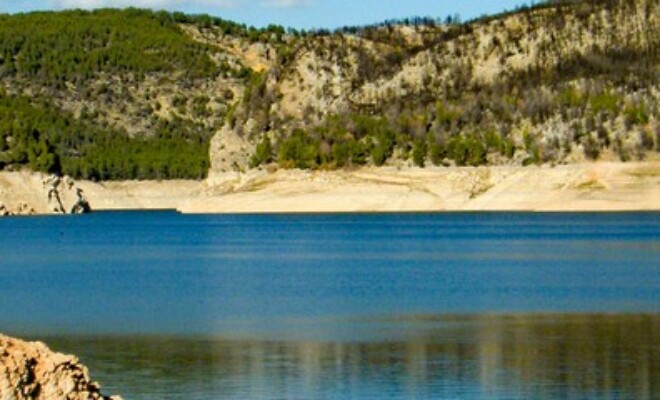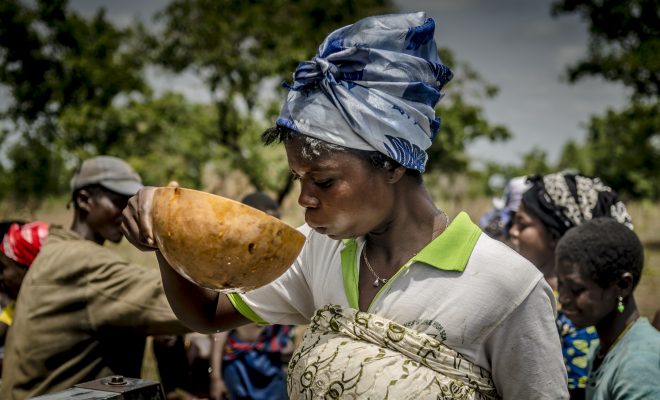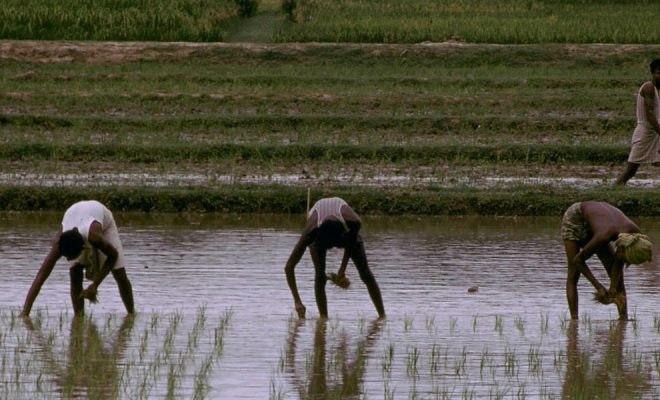In Mexico City, all alarms have gone off. This past June, the more than 20 million inhabitants of the most populous metropolitan area in the Spanish-speaking world approached “day zero,” a term coined after the water crises in São Paulo in 2015 and Cape Town in 2018 to describe the de facto depletion of water stored for urban supply. The city is nearing the brink of a supply cut and has been relying for months on aquifers beneath its concrete and cement ground. This groundwater, which also shows signs of exhaustion, is the remnant of the vast lakes around which the city grew. This is why Mexico City’s water crises are often described as one of the undeniable symptoms of the Anthropocene: using an abundant resource until surpassing a tipping point that inevitably leads to its depletion.
The situation in the Mexican capital is exacerbated by the problem of Non-Revenue Water (NRW), which is lost during the supply process due to leaks, errors, or fraud. Mexico City reports an NRW of 40%; in some areas, it reaches 55%. The capital is estimated to lose 12,000 liters of potable water every second, equivalent to 345 Olympic swimming pools. The uncontrolled horizontal growth, the expansion of slums, and the lack of investment in infrastructure maintenance are the main causes. Eliminating this waste would solve a significant part of the hydrological drought of the great city.

The water lost in supply worldwide could serve 200 million people.
NRW: A Reliable Economic Indicator
World Bank reports indicate that Non-Revenue Water (NRW) exceeds 40% of potable water globally; this translates to about 45 million cubic meters daily, equivalent to 45,000 Olympic swimming pools, a quantity that could meet the needs of 200 million people.
NRW is applied to urban, agricultural, and industrial supply networks. It is an inherent concept in the water industry and is thus dependent on technology and investment. Therefore, it is a good indicator of economic disparities between countries.
Germany and Japan are at the pinnacle of efficiency, with an NRW of 7%, thanks to their advanced leak detection technology and efficient management infrastructure. Haiti, with an NRW exceeding 60%, is at the end of water loss. This rate has increased in recent years as the country has been unable to recover adequately from the devastating earthquakes and hurricanes it has endured.
Detailed data analysis reveals significant inequalities within individual countries: some areas of Nigeria and India have NRW rates exceeding 65%. These asymmetries are also evident at the neighbourhood level, with poorer regions consistently experiencing the most minor maintenance.
Technology Isn’t Everything
Technological inequality, which can be seen as synonymous with financial inequality, is at the heart of the problem in the water industries of poorer countries. In the case of urban supply, constructing technologically advanced purification plants and distribution networks is costly and often clashes with another significant issue in developing countries: the ever-expanding slums.
How can these technologies be implemented on a global scale? Is it realistic to consider that, given the current geopolitical imbalance, the poorest countries can access intelligent water networks? Given the grim climate forecasts, more support is necessary to help governments control water resources and plan better long-term strategies based on real supply and demand data.
However, in marginal urban areas, several initiatives are approaching decentralized systems that do not require expensive technology. In Kibera, one of the largest slums in the world, NRW exceeds 50%. Adjacent to Nairobi, the capital of Kenya, decentralized and self-managed water access systems have started to be implemented there.
Self-management is a good tool for achieving efficient distribution and can be considered for slums with no supply system, although it remains doubtful to be applied at a general urban level.
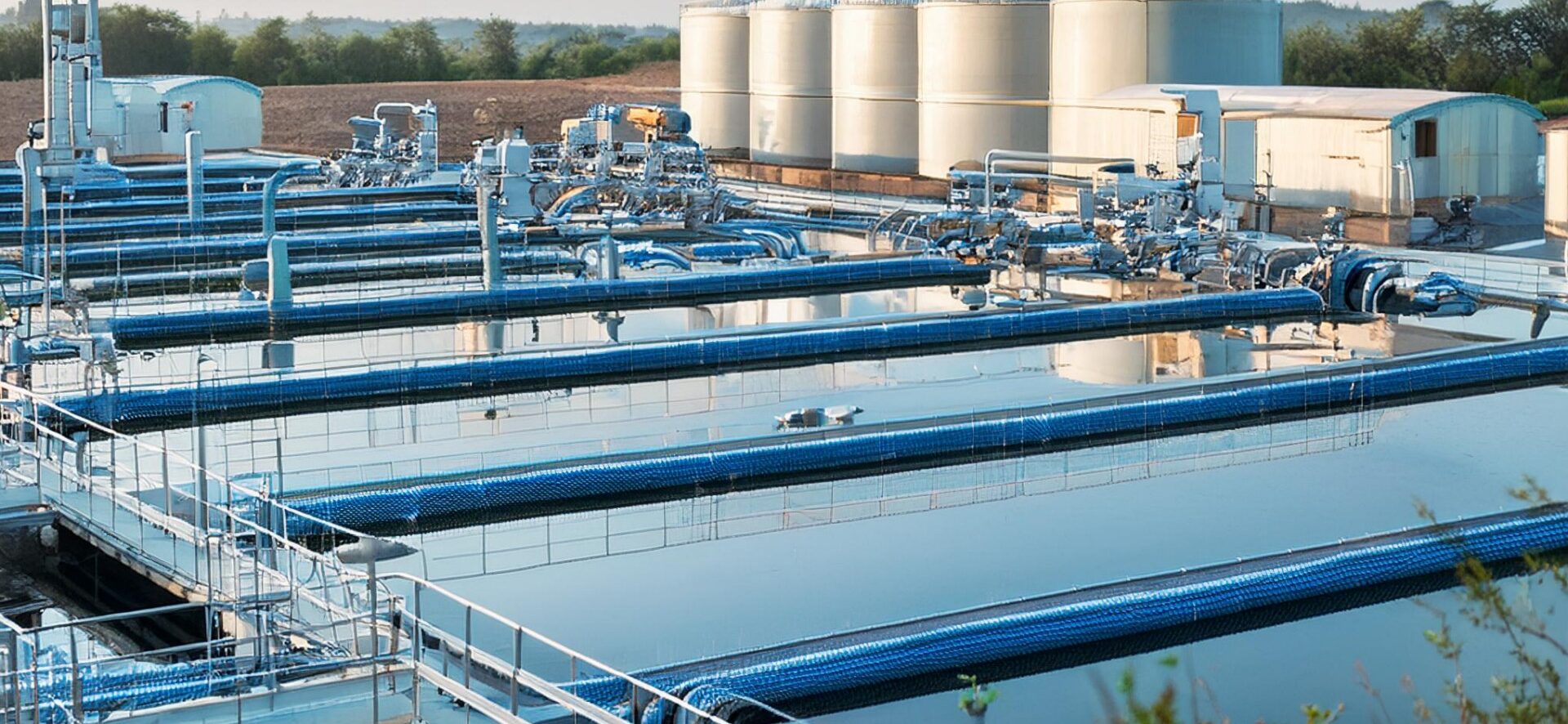
In the case of urban supply, constructing technologically advanced purification plants and distribution networks is costly and often clashes with another significant issue in developing countries: the ever-expanding slums.
Efficiency Comes with Very Different Costs and Approaches
According to UNESCO, water use worldwide has increased sixfold over the last century and is growing at 1% annually. By 2050, more than 40% of the global population could face severe water shortages. Non-revenue water (NRW) creates a barrier to sustainability due to the loss of energy, water, and revenue not collected through water bills.
These are two worlds at opposite ends of the solutions spectrum. While rural areas need self-management solutions, governance can not provide urban residents with this possibility; they depend on the water access industry. The 3.678 billion people who, according to the JMP, have secure water access in cities are mainly in the more economically developed world. In these countries, NRW averages around 20%; this proportion skyrockets in poorer countries, primarily due to slums and lack of maintenance. In capitals like Nairobi, Lagos and Adis Abeba, losses of 40-50% are common.
Agricultural Irrigation with a Focus on India
As is often the case, cities attract attention to the problem, but globally, NRW waste primarily affects agriculture, which uses approximately 70% of the world’s freshwater consumption. The FAO estimates that in many traditional irrigation systems, water losses exceed 50% due to evaporation, leaks, and inefficient distribution.
Ending this waste is especially crucial in some economies, like India, where agriculture represents more than 16% of its GDP and employs over 51% of the workforce. The NRW rate is very high, exceeding 50% in some areas, meaning more than half of the extracted water disappears; in a country where the cultivated area absorbs 688 km³ of water for irrigation, losing half is equivalent to wasting a volume of more than twice that of Lake Nasser, the Aswan High Dam reservoir. Installing efficient irrigation systems and rehabilitating distribution networks is vital for the world’s most populous country.
India is a good example, as it has the fundamental tools to combat the scourge of water loss: the knowledge accumulated by its ancient culture, well-versed in agricultural water management, and an immense development capacity. It serves as a reference for other Earth dry lands and climate change adaptability and mitigation worldwide.
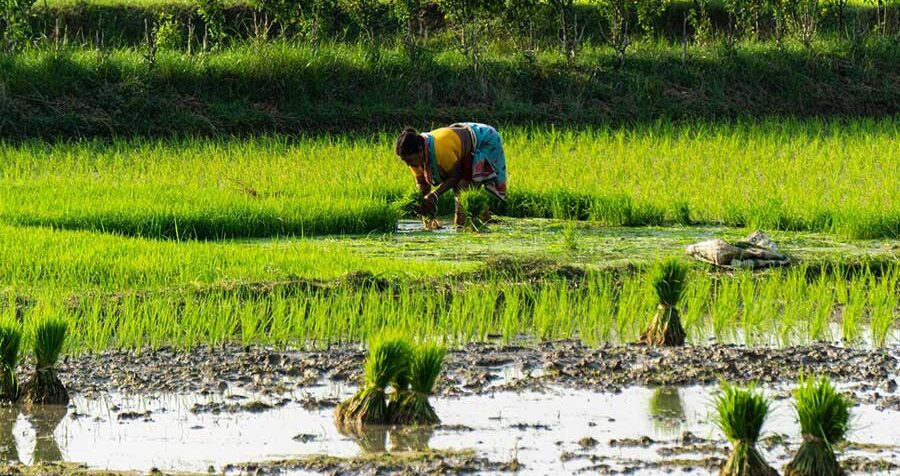
India is a good example, as it has the fundamental tools to combat the scourge of water loss: the knowledge accumulated by its ancient culture, well-versed in agricultural water management, and an immense development capacity. © Shuvrasankha Paul


